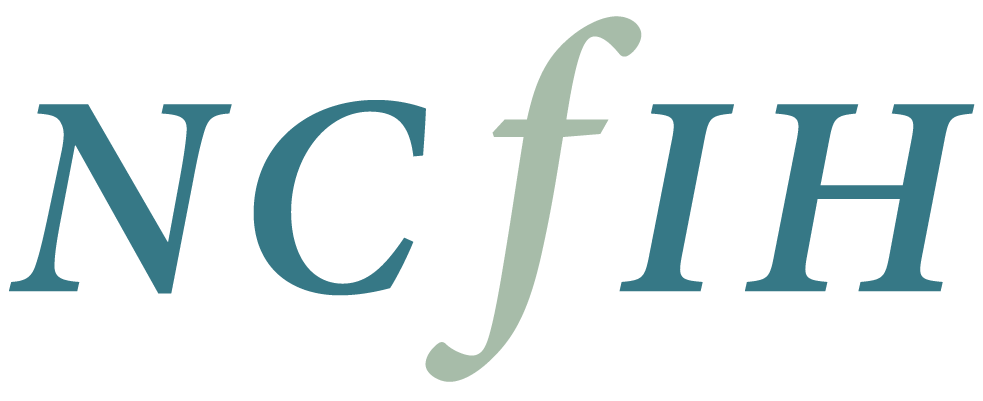Dubbed “liquid gold,” human milk offers a nutritional elixir for infants. And that has researchers asking an intriguing question: How else could human milk be used to optimize health?
They aren’t the first to wonder. As reported by STAT News, some cancer patients have tried drinking breastmilk in hopes of therapeutic benefits. And bodybuilders have purportedly tried it in hopes of boosting their muscle mass with the milk’s dense nutritional content. Neither has proven effective.
But several research organizations are investigating the use of human milk for the health of infants and children – from improving the efficiency of vaccines to providing the cellular foundation of new medicines.





